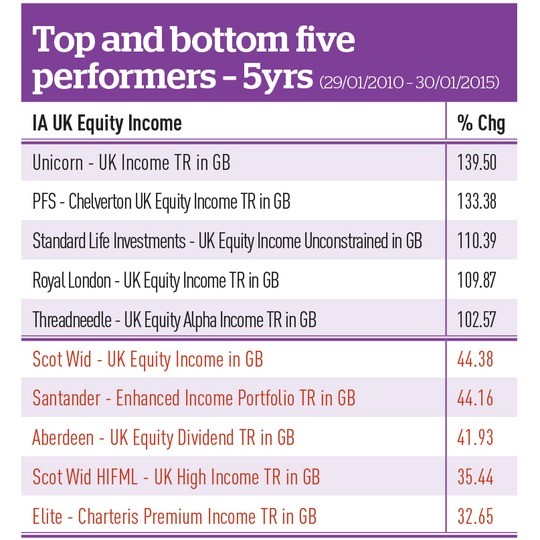Are Sector Funds Risky
Post on: 19 Август, 2015 No Comment

Are Sector Funds really Risky ?
Don’t forget to rate the article
M utual funds essentially were meant to pool the resources of small investors and invest them in such a manner that the risk is spread across a number of industries. Given the cyclical nature of businesses, it was witnessed that certain sectors did extremely well when others were facing troubled times. To capitalize on the sector that is in a bullish phase, asset management companies came out with Specialized funds or Sector funds.
Sector funds are meant to do what their name implies: Restrict investments to a particular segment or sector of the economy. Such a strategy appears to throw diversification to the wind. Investing in a narrow segment of the economy is risky for the following reasons:
- Fund performance will largely depend on the sector’s performance, which may differ in direction and degree from that of the overall stock market.
Does this mean that sector funds are only for investors with greater risk taking ability? A closer look at the present investment portfolios of the other categories of funds provides an answer.
In most of the equity funds technology stocks comprise a major portion of the holding in percentage terms. For instance, Birla Advantage Fund has 45% of its investments in IT sector, of which 25% is invested in a single company. This is from a fund, which states that its investment objective is to provide long term growth of capital at moderate risks, through a diversified portfolio. Similarly, ING Growth Fund has more than 80% of its holdings in ICE stocks.
The picture is not very different in the balanced fund category. Alliance-95 dividend fund has an equity holding of around 25% in the IT sector. Canganga scheme has more than 25% of its portfolio invested in the equity of IT companies. ICE stocks comprise about 25% of DSP ML fund.
Further, sector funds, especially speciality sector funds, are not what the name reflects. UTI Brand Value Fund’s objective is to invest in companies with large market share and proven sales record and with a good potential for future growth. The fund has investments in 6 different industry sectors, with a maximum exposure of around 15% in a particular sector. Another speciality fund Canexpo, (one of the earliest speciality funds to tap the market) focuses on export oriented companies, of all the industry sectors. Moreover there are only a maximum of 4 to 5 quality stocks in any given sector, making it difficult for the funds to restrict their investments to a particular sector. For instance Kothari Pioneer Internet Opportunities Fund has holdings in companies such as Hindustan Lever and HDFC Bank.
Considering that the portfolios of most of the equity and balanced funds are not very different in terms of diversification from sector funds, the risk profile of these funds also does not differ much. Hence though sector funds are believed to be for the risk takers, in reality most of these funds are as risky (or not risky) as a majority of other schemes.
A Srilakshmi














